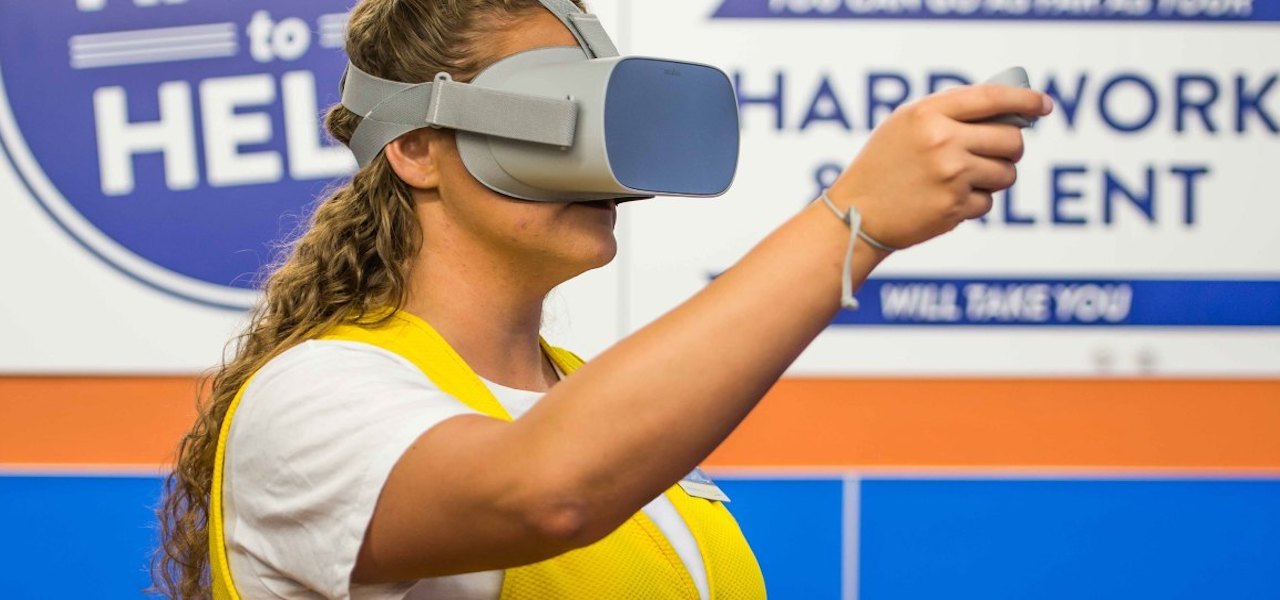The death of the retail innovation lab

In-house innovation labs in retail are beginning to look like failed experiments instead of arbiters of forward-thinking industry change from the inside out.
At Shoptalk, where retailers on stage get the chance to show off their latest tech and achievements to interested listeners, little lip service has been paid to the innovation lab. Once held up as a signifier that a retailer was Taking Tech Seriously, the concept now carries with it the impression that innovation is something that can be sequestered into a siloed corner of the business. It’s become more evident that retail experiments contained in a controlled environment are destined to fail before they even get out the door.
“I don’t believe in innovation hubs,” said a vp at one brand whose company is in a quiet period. “The way our digital innovation team works, it’s not in a lab off to the side where we’re testing things in an abstract way. If innovation is core to your company, it lives at the center and influences everything you’re doing, facing the customer.”
In January, the retail innovation lab got a pretty public bashing when Neiman Marcus’s head of innovation Scott Emmons left the company, and left a searing review of the retailer’s siloed approach to innovation. Within Neiman Marcus’s iLab, Emmons wrote in a Business of Fashion op-ed, “processes are broken, execution is too slow, politics stalls decision-making and resources are too scarce.”
During Shoptalk, it’s not that retail executives downplayed their passion about innovation. Gap CEO Art Peck ended his keynote session, which laid out a new four-part strategy for the brands remaining post-Old Navy, with the line “we have to change, or fail.” But what that change entails has shifted, and the gimmicky, one-off tech tests that filled innovation labs doesn’t speak to real strategic overhaul. Instead, utilitarian changes like improving internal processes to bring down silos between digital and physical retail teams, expanding distribution channels and optimizing inventory for in-store and online purchases were touted by companies from Crate & Barrel to Ulta, and from Dollar Shave Club to Wayfair.
“To put it dramatically, what we’re seeing is the death of the innovation lab,” said Bullish managing partner Mike Duda. “Retailers can now acquire innovation in the form of new brands.”
That’s not to say retailers have stopped innovating in house. It’s just the positioning and parlance around this innovation has changed. Wayfair Next is what Wayfair calls its in-house tech arm, where new products like 3D modeling and visual search tools are perfected. The company employs 2,300 engineers and data sciences working on technology programs in house. It’s characterized as cross-functional, with the Wayfair Next team working with other internal teams, like marketing and e-commerce, to figure out how to blast out new technology to other facets of the company.
Ad position: web_incontent_pos1
“If innovation is one piece of your business operating on its own, it’s never going to have any impact on the customer. What’s the point?” said Robin Copland, group vp of retail practice at Huge.
—
Sign up for the Modern Retail Briefing to get retail news, analysis and insight delivered to your inbox every morning.

